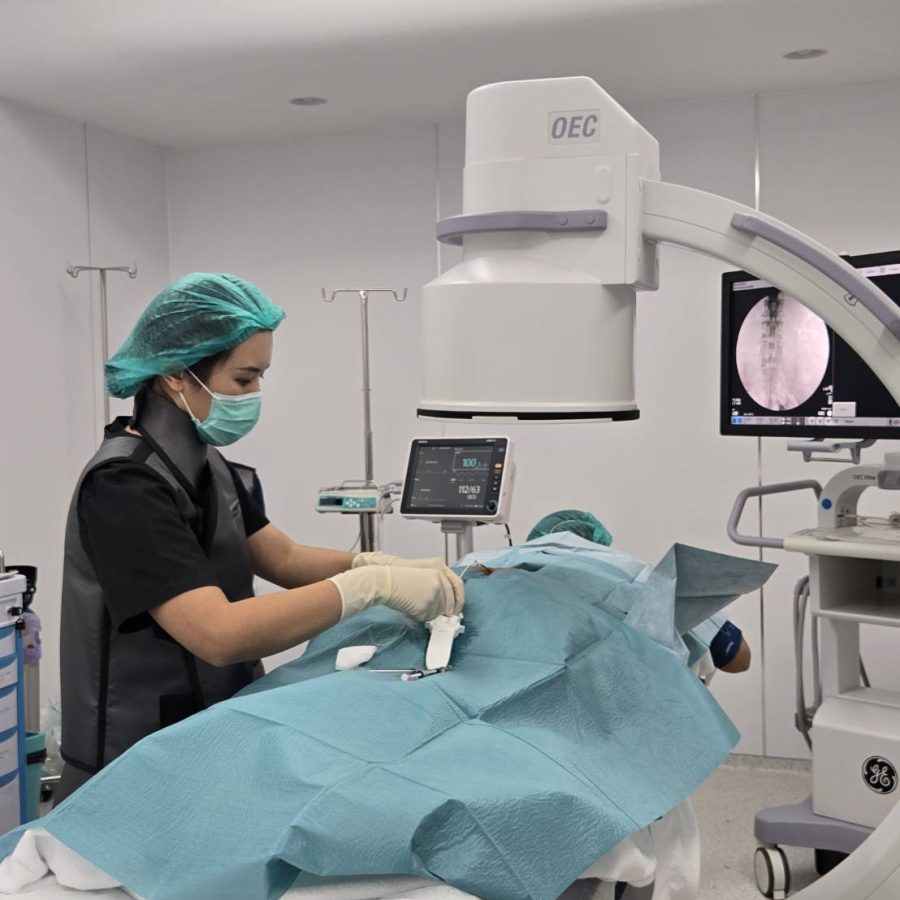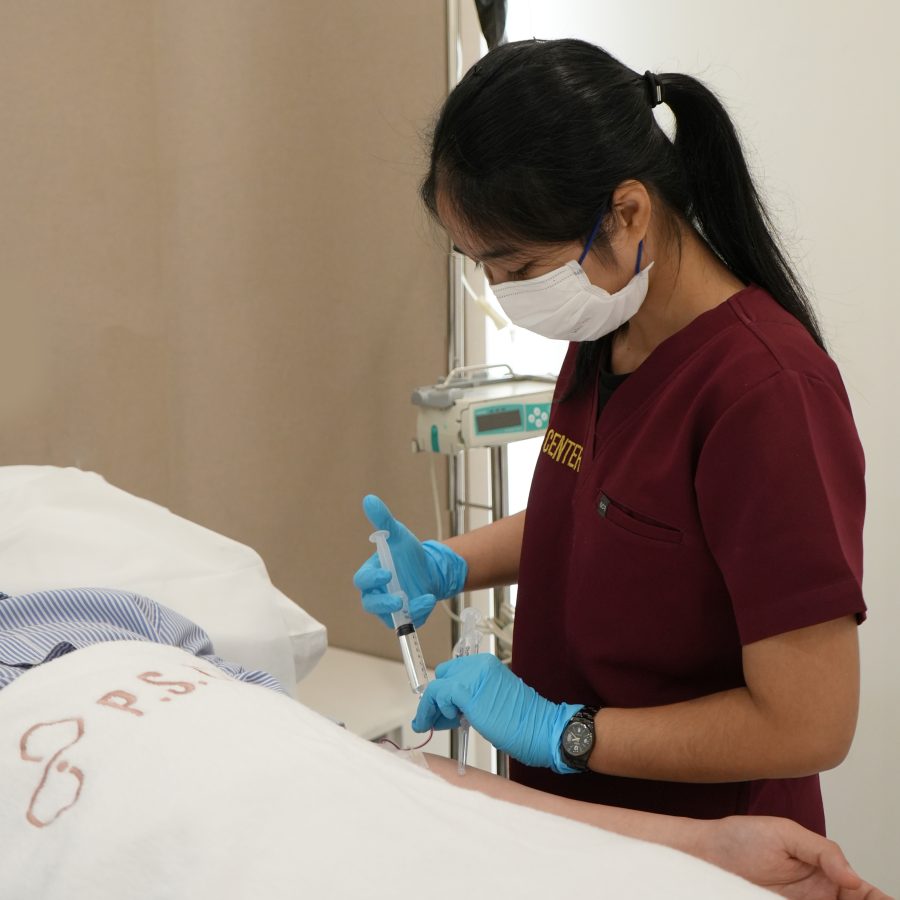Struggling with persistent lower back pain? Lumbar facet injections might be the relief you’ve been searching for. Here’s what you need to know.
What Are the Types of Lower Back Pain?
Localized Lower Back Pain: Pain centered in the lower back or radiating towards the hips. Often caused by inflammation or degeneration of the lumbar facet joints.
Lower Back Pain with Radiating Leg Pain: Pain extending down the leg, typically due to nerve irritation. This is often treated with a lumbar epidural steroid injection.
Who Can Benefit from a Lumbar Facet Injection?
If you have chronic lower back pain that hasn’t improved with physical therapy or medication, and imaging or clinical evaluations indicate the facet joints as the source, a lumbar facet injection could provide both diagnostic and therapeutic relief.
What Is the Lumbar Facet Injection Procedure?
This minimally invasive procedure delivers a small amount of local anesthetic and/or corticosteroid directly into the facet joint to reduce inflammation and pain. It also helps confirm whether the facet joints are the source of your discomfort.
How Long Does the Procedure Take?
The entire process usually takes 15-20 minutes. You’ll remain awake during the procedure and can go home the same day.
What Happens During the Procedure?
You’ll lie on your stomach. The doctor will use X-ray guidance to identify the facet joint. A small needle is inserted into the joint, and a mixture of anesthetic and/or steroid is injected. While you may feel slight pressure or discomfort, the procedure is typically well-tolerated.
What Results Can You Expect?
Immediate relief from the local anesthetic confirms the facet joint as the pain source. The steroid component reduces inflammation, providing pain relief that can last weeks to months.
What Should You Do After the Procedure?
- Avoid strenuous activities for 24 hours.
- Resume normal activities the next day unless advised otherwise.
- Mild soreness at the injection site is normal and should resolve within a few days.
How Can You Prevent Lower Back Pain?
- Practice good posture during daily activities.
- Incorporate regular back and core-strengthening exercises into your routine.
- Take frequent breaks if you sit or stand for prolonged periods.
- Use ergonomic furniture and supportive bedding.
Compiled by;Rarinthorn Choomsai Na Ayuthaya, M.D. Interventional Pain Specialist
Contact us to learn more or to schedule a consultation.
Tel: 02-125-3959, 098-195-0991







